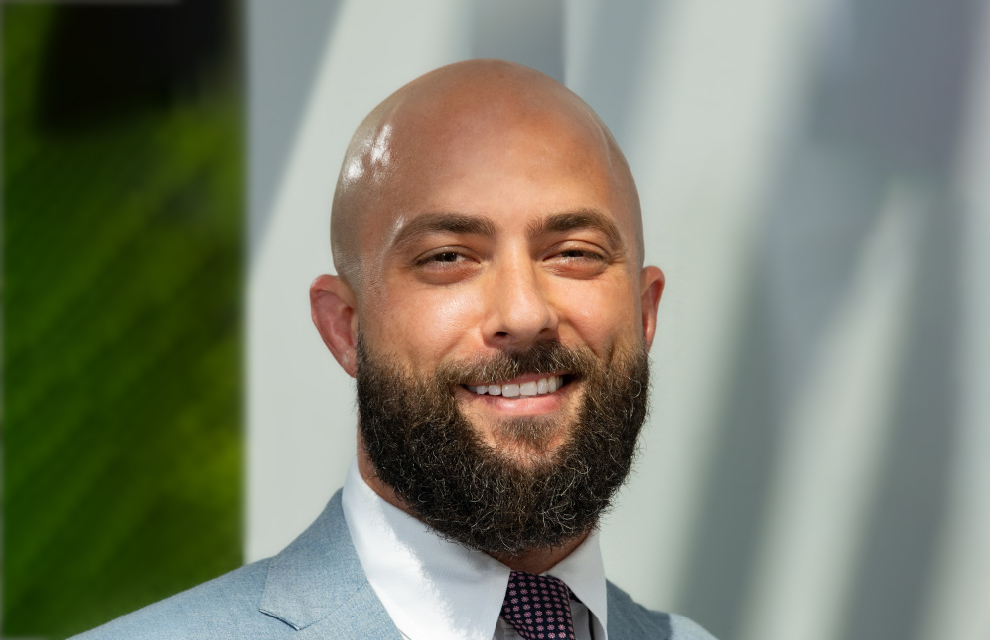South Carolina Department of Insurance
Joseph McDonald, director of captive insurance at South Carolina Department of Insurance, talks to John Savage about his first year in the role and his predictions for the US captive landscape
Last year you returned to the public sector as the director of captive insurance for the state of South Carolina. How have your first 12 months back been?
The past 12 months have flown by! Having previously been in the captive division at the South Carolina Department of Insurance (SCDOI), the transition back to the public sector was not difficult.
The year was marked with continued momentum behind the SCDOI’s successes and how its members conduct themselves as partners in the captive industry.
2022 was one of our best years yet as we increased the number of captives we license.
While there were changes within the division, we have a strong team of competent and thoughtful members, which means the continued success of the domicile doesn’t just depend on one person.
The principal emerging risks for captives include cyber liability, climate risk, rising healthcare costs, cannabis and commercial auto liability. How will the SCDOI address and accommodate such risks?
Our plans are simple — work with trusted services providers who serve high-quality companies with forward-thinking owners, as we apply our conscientious, balanced and fair handed philosophy to regulation.
This stance affords us the dexterity to accommodate the needs of owners. I’ve not seen any new risks emerging, but companies are taking different approaches to finance and managing existing risks in the face of the current hard market.
Do you have any new developments in the pipeline? How does the South Carolina Captive Insurance Association (SCCIA) help with such development?
2023 has started off well for us! We also have a number of applications in the pipeline, along with a host of prospects.
We have a great relationship with the SCCIA and the feedback we get from the industry through the association is always helpful for understanding and tracking developments in the captive space.
Did you observe any trends in the South Carolina captive market in 2022? What is your assessment of the landscape for 2023 so far?
What interests me most is how the current hard market evolves and changes and then begins to soften again, and the catalyst(s) that may change and when. As for trends, we see consistency within the overall global captive market — captives being used to fill gaps in various layers because of the hard market, and in some cases offering coverage in the upper layers of large towers.
Property coverage remains the lion’s share of exposure, however, we’re seeing an increase in cyber liability and directors and offices (D&O) coverages. That said, most of it is the same bread and butter that we’ve seen historically. However, it is being sliced and spread differently because of market conditions and a lack of capacity.
The market will continue in the direction it’s been going, with increased formations and increased retention and additional coverages. If the first quarter of the year is an indicator of the next three, we’re already starting off strong in South Carolina. Markets are cyclical — change is going to come. The questions are: when, why and how?
What will be at the top of the SCDOI’s captive development agenda for 2023?
Our main agenda is to maintain good relationships with owners and service providers. We achieve this by conducting ourselves as professionals to conscientiously regulate captives in the state. The plan is to continue the momentum we have and to attract quality companies who understand the need for appropriate regulation.
What advice would you give to anyone interested in forming a captive in South Carolina?
My advice is to begin conversations with solid, reputable service providers who can guide you through the initial stages of formation and licensing. From there, start slow and build momentum over time — taking on more risk and premium as the captive matures organically.
Look for ways to leverage the captive and decide on guidelines for when and how the captive may need to go into run-off and shutdown. These are all natural stages in a captive’s lifecycle and are important to consider when forming a captive in any domicile.
What are your predictions for the rest of the year and moving into 2024?
Formations and expansions will continue and existing types of captives will be creatively shaped and structured to meet the needs of owners. Issues with commercial trucking auto liability coverage will continue and possibly worsen, with unforeseen impacts on the overall supply chain.
The insurance market will feel the impact of interest rate increases, as the US keeps an eye on inflation and recession indicators. I expect investments to remain at the forefront of board meetings. We will also feel an impact from the federal spending which will be necessary to expand the Internal Revenue Service.





